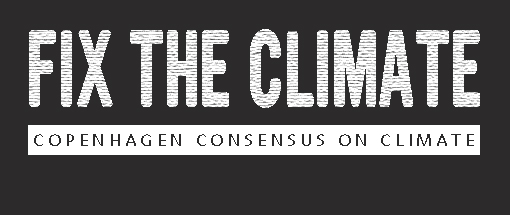Fix The Climate: Protecting and Planting Forests Assessment, Sohngen
Assessment Paper
The working paper used by the Expert Panel is available for download here, the finalized paper has been published in Smart Solutions to Climate Change by Cambridge University Press.
Ecosystems store approximately 1 trillion tons of CO2 in the biomass of living trees and plants. Methods to increase this carbon efficiently in order to reduce the future damages of climate change include afforestation (planting old agricultural land in trees), reduced deforestation, and forest management.
Prof. Brent Sohngen notes current estimates that suggest an additional 6.8 billion tons CO2 per year may be sequestered in forests by 2030 for $30 per ton CO2.
Around 42% of this would arise from avoided deforestation, with the rest roughly equally split between afforestation and forest management options.
Sohngen indicates that if society follows an “optimal” carbon abatement policy, as defined in Nordhaus (2009), forestry could accomplish roughly 30% of total abatement over the century.
If society instead places strict limits on emissions in order to meet a 2ºC temperature increase limitation, then the component forestry provides lowers overall abatement costs by as much as 50%.
The benefit cost ratio in the optimal scenario is 1.0, while it is 1.8 in the 2ºC limiting case.
The paper does not account for other potential benefits of adding forestland over time. These benefits are ecological in nature, and they are difficult to measure systematically across the globe. They do, however, represent a potentially large, additional, benefit of a forestry carbon sequestration program.

